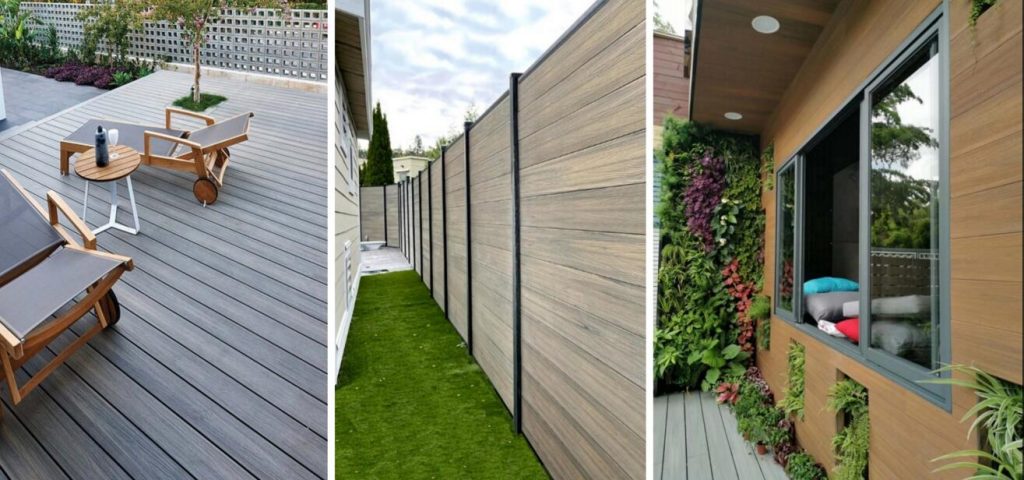Overview of Wood Plastic Composite flooring
Wood Plastic Composite (WPC) Decking is an innovative engineered flooring material that combines natural wood fibers and thermoplastic materials, resulting in a durable, eco-friendly, and visually appealing option. It offers the timeless elegance of wood while delivering enhanced performance and longevity, making it a popular choice due to its durability, low maintenance requirements, and environmental benefits.

The Advantages of Wood Plastic Composite flooring
1. Composition: WPC flooring typically consists of a composite material made from wood fibers, sawdust, or wood flour combined with plastic polymers. The exact ratio of wood to plastic can vary, but it generally includes a higher percentage of wood compared to other composite materials.
2. Appearance: WPC flooring can closely resemble traditional wood flooring in terms of texture and appearance. It can be designed to mimic various wood species, including oak, maple, and hickory. The surface often has a wood-grain pattern to enhance its natural look.
3. Water Resistance: One of the significant advantages of WPC flooring is its water resistance. Unlike traditional hardwood flooring, WPC is less susceptible to water damage and can be installed in areas where moisture is a concern, such as kitchens and bathrooms.
4. Durability: WPC flooring is known for its durability and resistance to wear and tear. It is less likely to dent, scratch, or warp compared to hardwood flooring. This makes it a good choice for high-traffic areas.
5. Easy Maintenance: WPC flooring is relatively low maintenance. Regular sweeping and occasional mopping are usually sufficient to keep it clean. It does not require special treatments like sanding or refinishing, as hardwood floors often do.
6. Installation: WPC flooring is often designed with a click-lock system, making it easy to install as a floating floor. It can be installed over existing flooring, which can save time and money in the installation process.
7. Environmental Benefits: Some WPC products are marketed as environmentally friendly because they use recycled wood and plastic materials. Additionally, the longevity and low maintenance of WPC flooring can reduce the need for replacement, which can be more sustainable in the long run.
8. Comfort: WPC flooring can offer a comfortable underfoot feel due to its softer and more forgiving surface compared to traditional hard flooring materials.
Applications of Wood Plastic Composite flooring
Residential Flooring:
WPC flooring is very popular for flooring applications both inside and outside homes. It can be used in places such as living rooms, bedrooms, kitchens, bathrooms and balconies because it has high water resistance and moisture resistance.
Commercial Flooring:
WPC flooring is also widely used in commercial buildings such as shops, restaurants, hotels, offices, and gyms, etc. Its durability and ease of cleaning make it ideal for busy commercial environments.
Outdoor Flooring:
WPC flooring is suitable for outdoor areas such as decks, patios, and patios. It is not affected by sun, rain or corrosion, so it can be used outdoors in a variety of climate conditions.
Playgrounds and Public Places:
WPC flooring can also be used for flooring in playgrounds, parks, schools and other public places. Its slip resistance and impact resistance make it a safe and durable choice for children.
Industrial Applications:
WPC flooring may also be a useful option in certain industrial settings, such as workshops, warehouses, and production facilities. It resists heavy equipment use and chemical spills.
Boats and docks:
Due to its water resistance, WPC flooring can be used on boat decks and dock structures to provide durability and slip resistance.
Overall, the versatility and durability of WPC flooring make it ideal for a variety of applications. It simulates the appearance of wood while having the advantages of plastic, such as water resistance and easy maintenance, so it has a wide range of applications in different environments.

